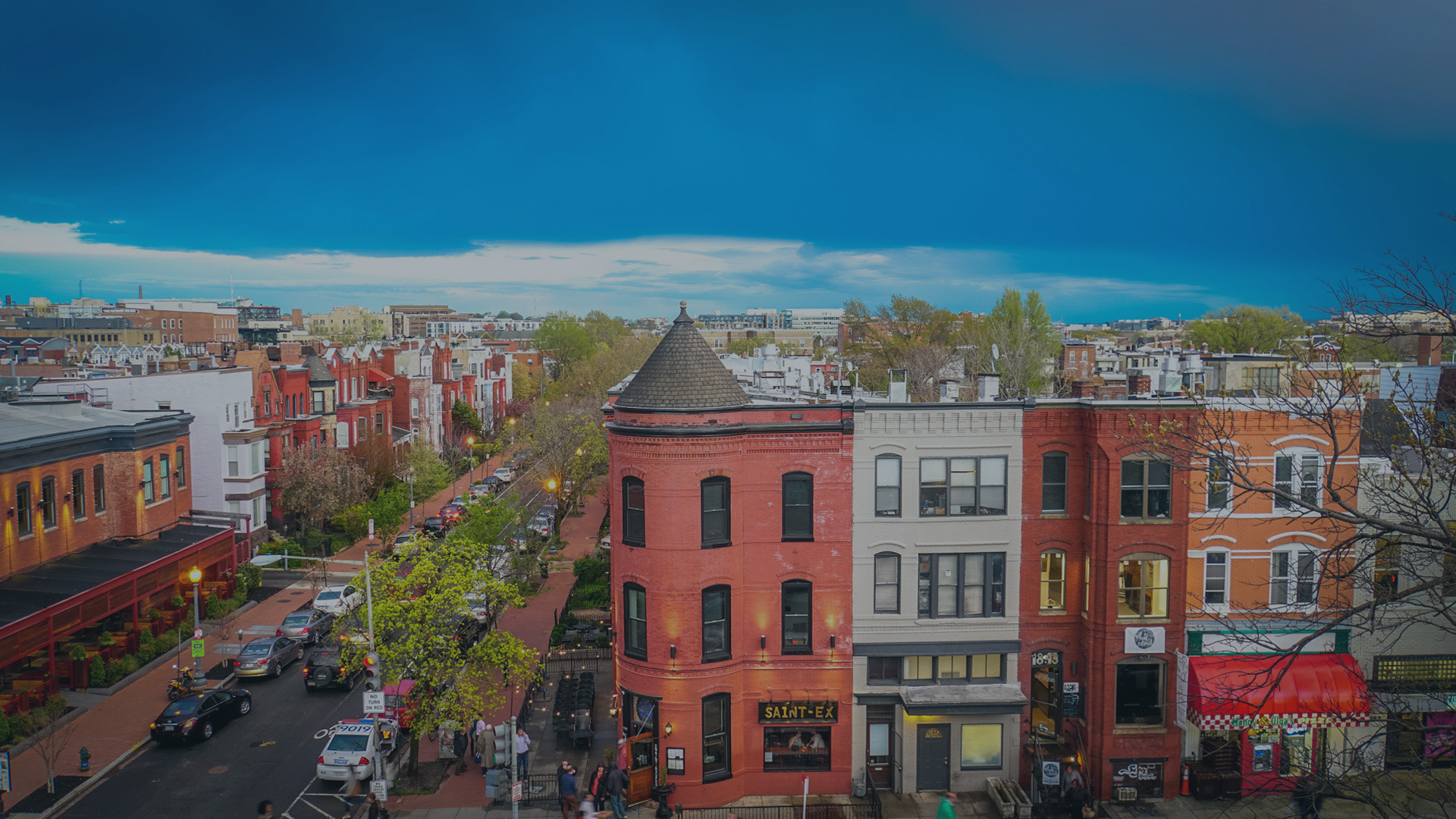On September 22, 2020, the D.C. Policy Center’s article, D.C. is hard to count. Here’s where officials could target efforts for the 2020 Census, was cited by WAMU:
D.C. Policy Center fellow Mike Maciag says D.C. has some specific challenges. “In D.C., we have a very transient population,” Maciag says. “Members of the military, students from universities who may have left town. So that’s a factor. The region also has a large international population. Foreign-born residents have historically responded at lower rates.”
“There have been different segments of the population who have been undercounted at higher rates. Those tend to be children under age five. Renters, immigrants, those with limited or no English speaking proficiency, poor residents, racial and ethnic minorities and people living in non-traditional living arrangements,” Maciag says.
…
Some Washington suburbs are also home to several other “hard-to-count” areas identified by the D.C. Policy Center, such as near the MARC station in Laurel, Md., and the Arlandria neighborhood in Alexandria. Many are populated by Latinos, another group that’s traditionally been undercounted.
Read more: Advocates Make Final Push To Involve Hard-To-Count D.C. Areas In The Census | WAMU
